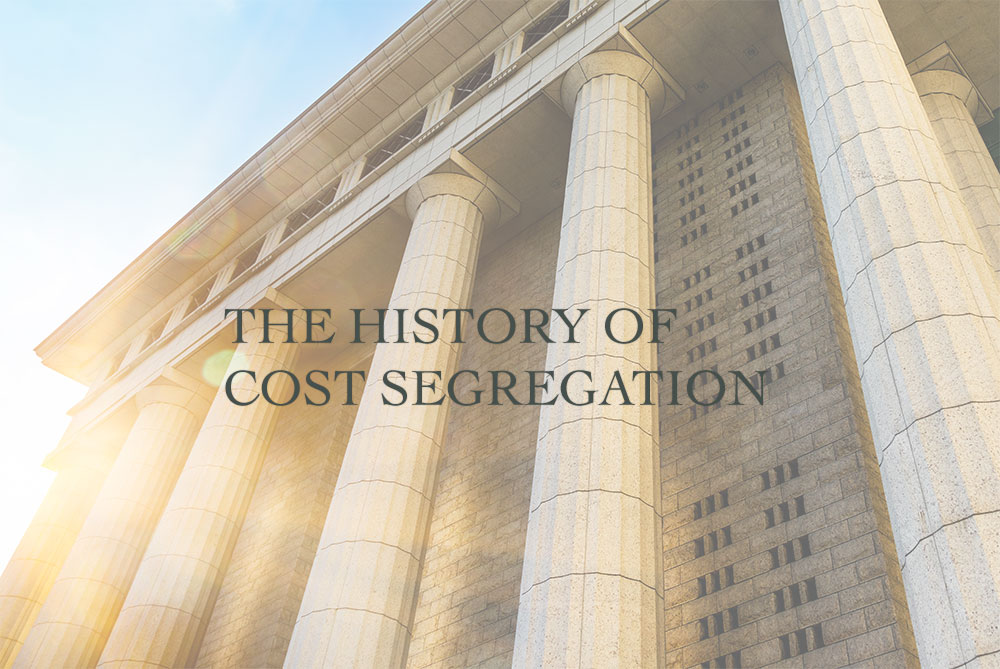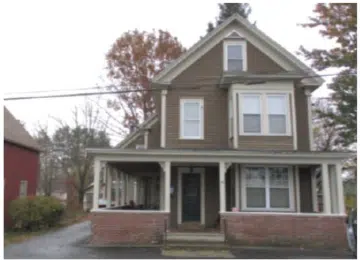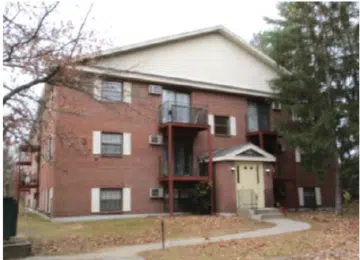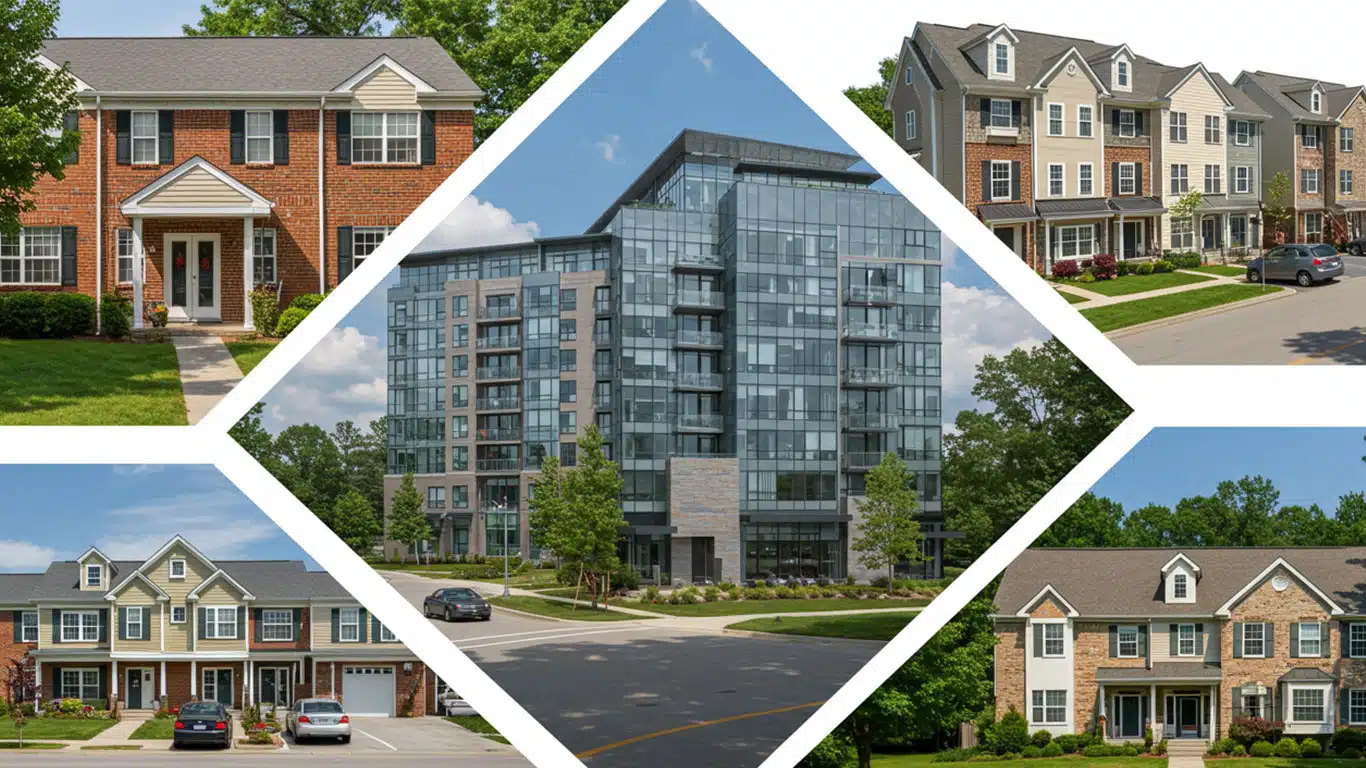Let's get started by talking to one of our Cost Segregation experts to see how much we can save you by getting a FREE Cost Segregation analysis.
The History of Cost Segregation
You may hear the term “cost segregation” and know that it is a specialty tax study, but do you know the history? In the past, a building was treated as a single asset where each of the internal components that made up the building were all calculated as one single asset value that was depreciated over 39 years. This meant that over the term of 39 years, the tax deductions would remain exactly the same year to year.
However, most components within a building do not last 39 years such as carpeting, lighting, heating or cooling systems, landscaping, and land improvements. From a tax standpoint, it is inefficient to depreciate an asset over 39 years when some of its components will truly be disposed over a 15-year period or less. Treating the building under this traditional depreciation method makes it difficult to manage cash flow.

In 1962, the Investment Tax Credit Act was enacted to increase interest in investments and reduce recession and inflation. Since then, this legislation has been changed and reinterpreted many times.
The Hospital Corporation of America v. Commissioner Impacted Cost Segregation
The monumental case to provide the largest impact on cost segregation was in the 1997 court case decision of The Hospital Corporation of America v. Commissioner. It was concluded that for certain assets, the possibilities to accelerate the timing of depreciation shall be further expanded. After the ruling, with the accelerated method of utilizing 5, 7 or 15-year rates of depreciation, certain costs are now classified as personal property or land improvements.
Without segregating costs, these assets are imposed to a 39-year or 27.5 – year depreciation rate for each expense, which results in a much higher tax liability.
Short-term asset segregation of building components that are non-structural in nature include fixtures, flooring, cabinetry, internal piping, landscape, parking lots, land improvements, mechanical systems, lighting systems, special electrical work, and building finishes. When a proprietor segregates these assets from the structural portions of the building, cost segregation can become a powerful tax planning tool for maximizing tax deductions that lead to great wealth preservation by managing a property owner’s investment in the most tax-efficient manner.
Today, property owners are recognizing additional tax benefits by applying cost segregation studies in different situations including the purchase of a new property, new facility constructions, renovations, or expansions of existing buildings. Real estate companies, franchisers, business owners, and high net-worth individuals are now using these studies with many properties within their portfolios. Not all properties will qualify for depreciation deductions so it is important that all parties understand the process and provide the most accurate information available. Often certain limitations within the law are what makes it critical for the property owner to have the most skilled professionals conducting their studies.
The final IRS regulations relating to tangible property were issued in September 2013 and provide for additional write-offs for most taxpayers. It is important to have a team of specialists that can assist in creating required capitalization policies and identifying expenses for repairs and maintenance to reduce tax liability and improve cash flow.





